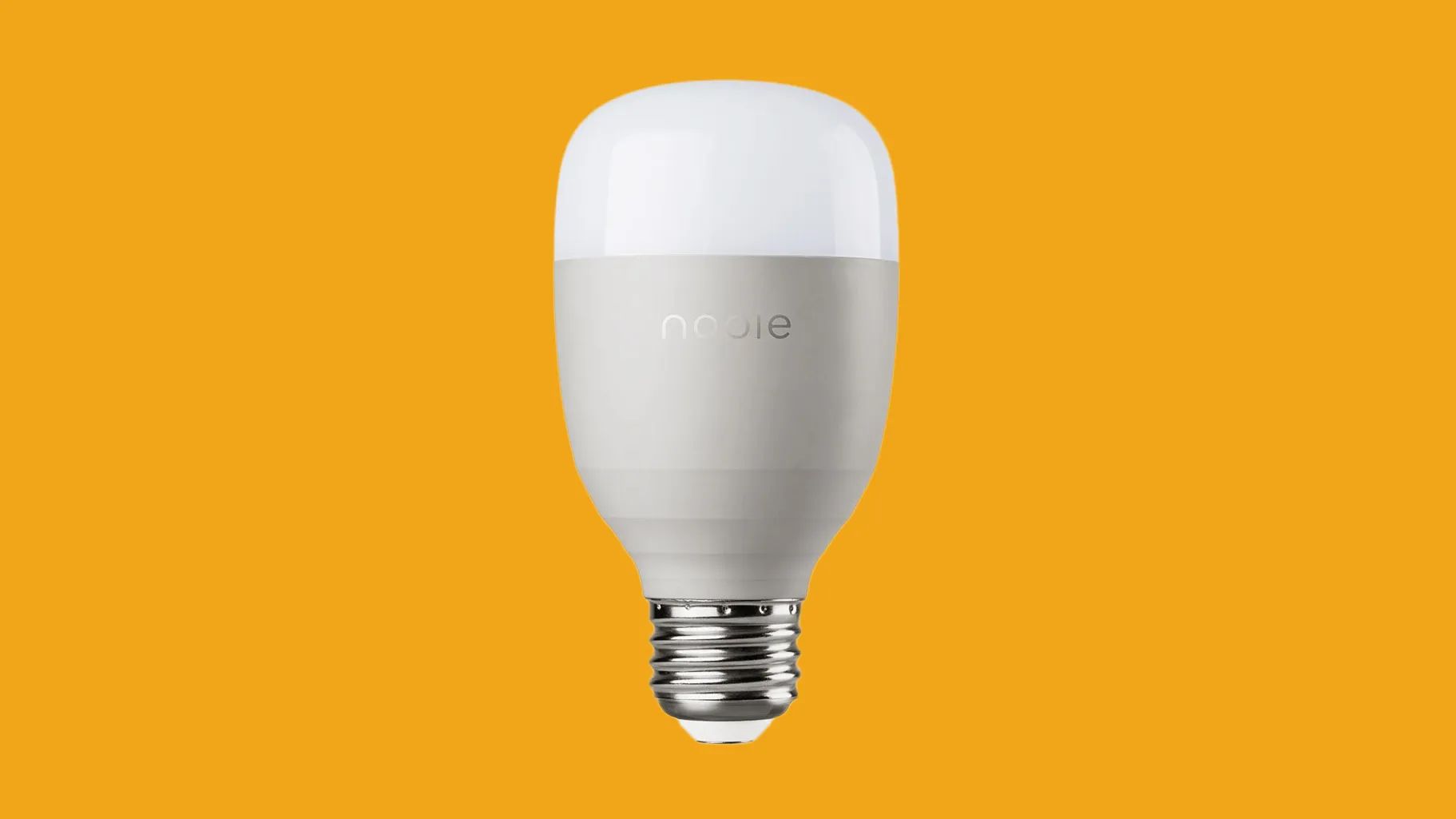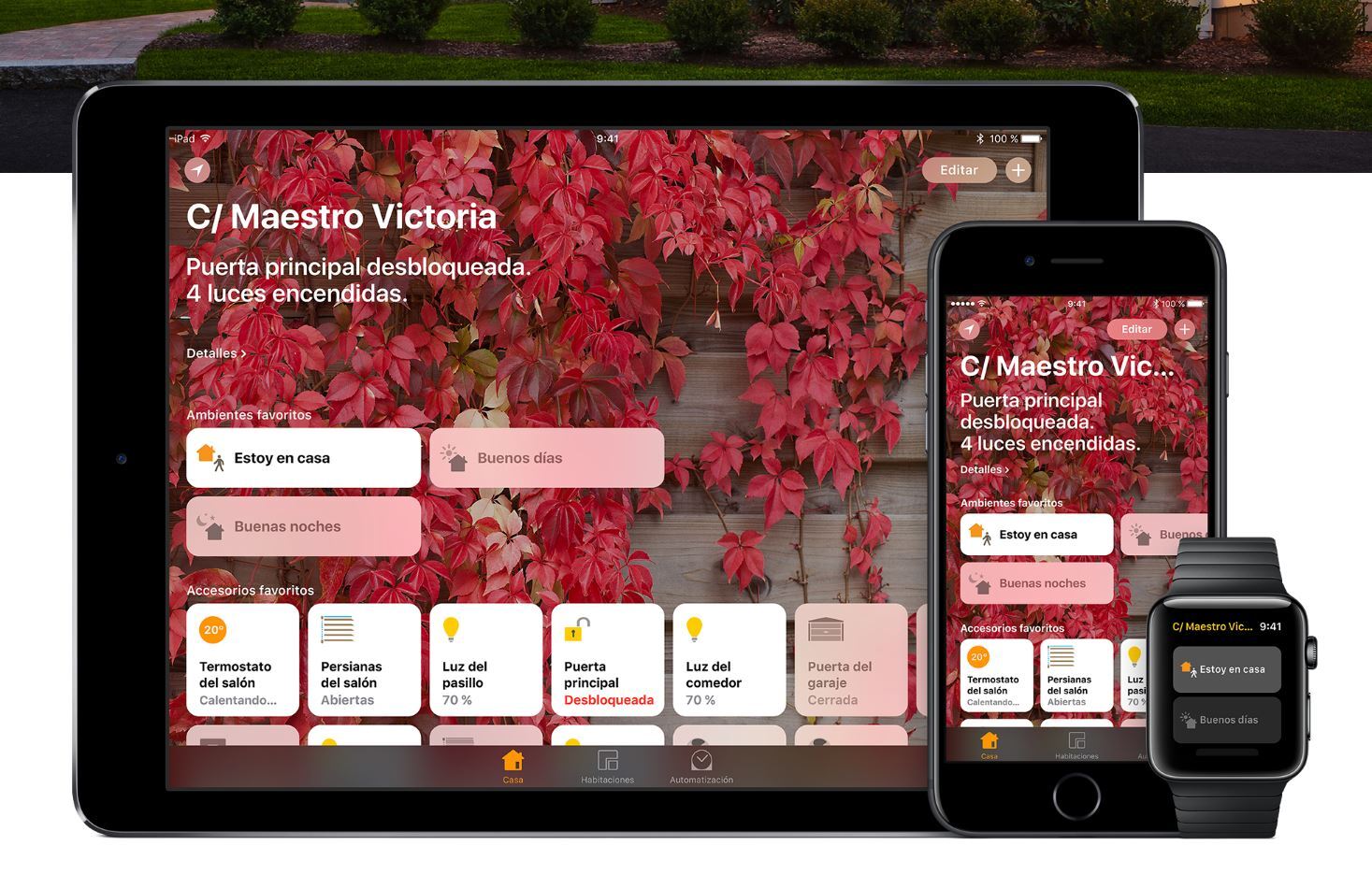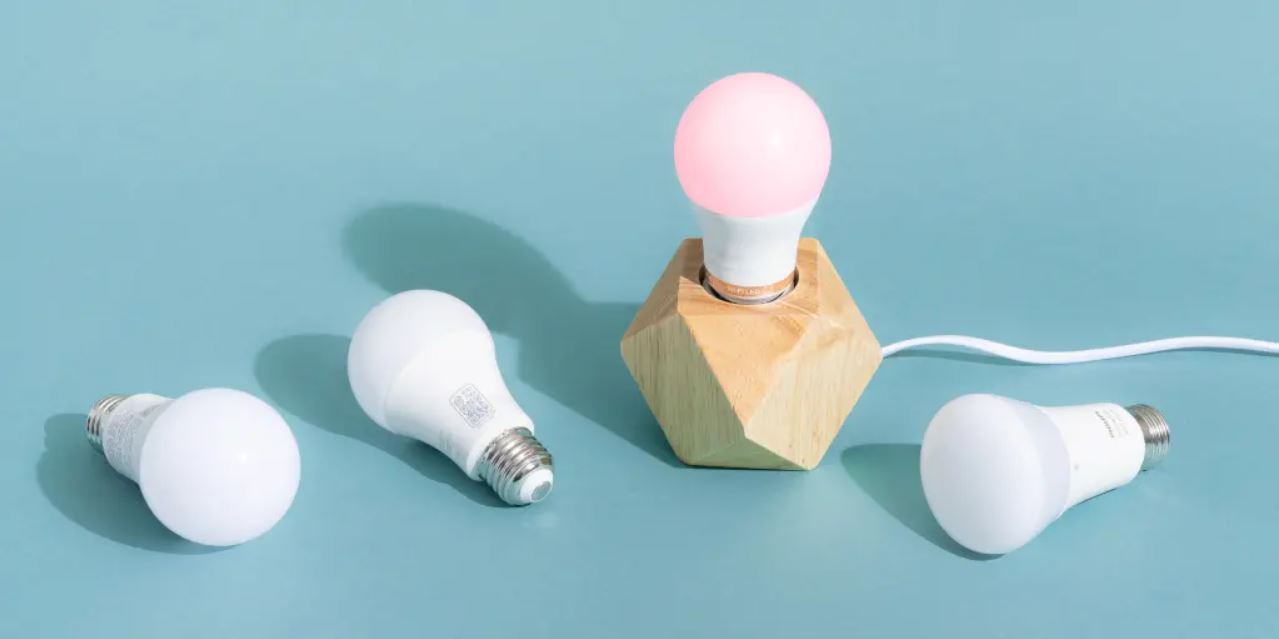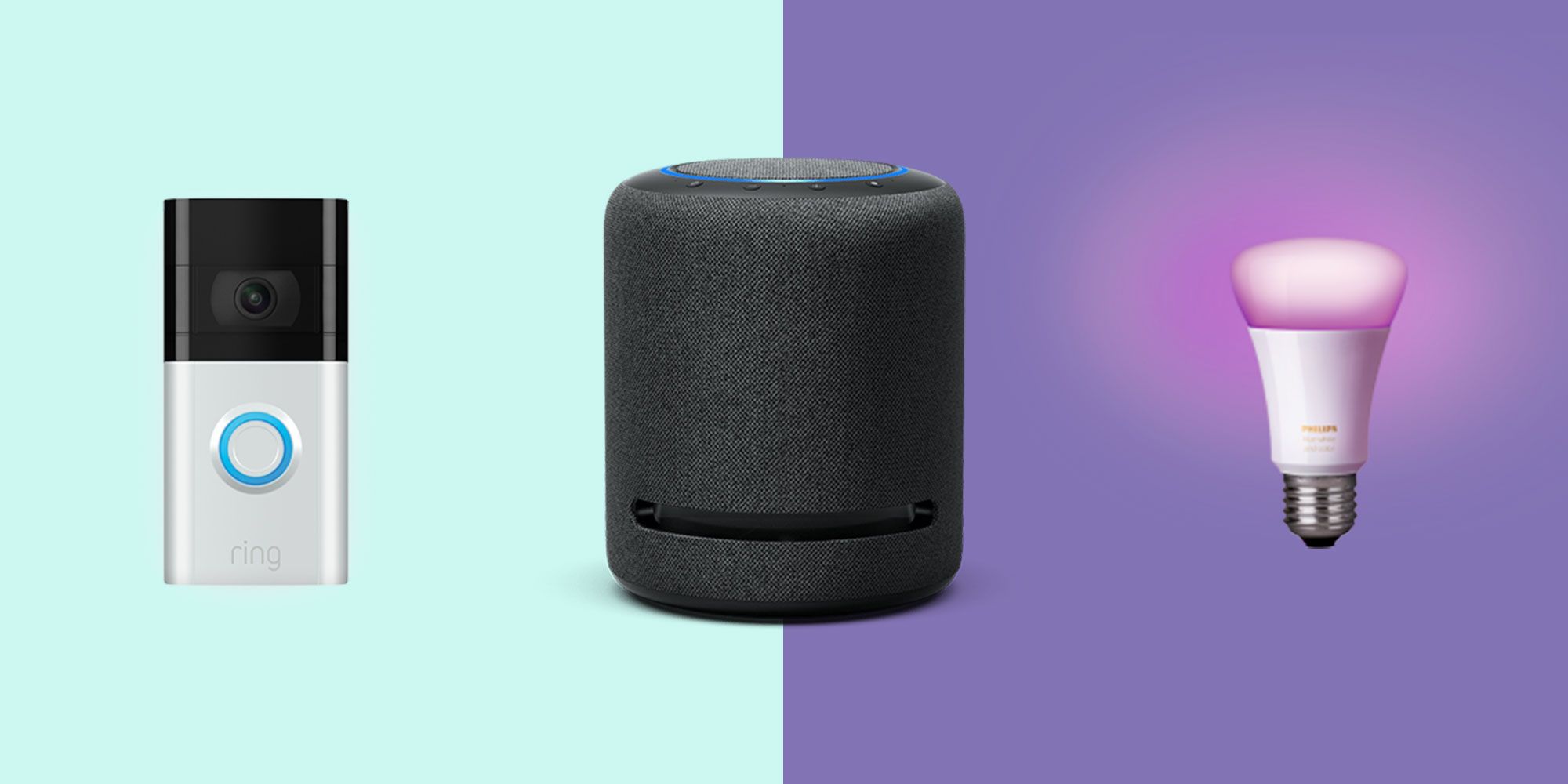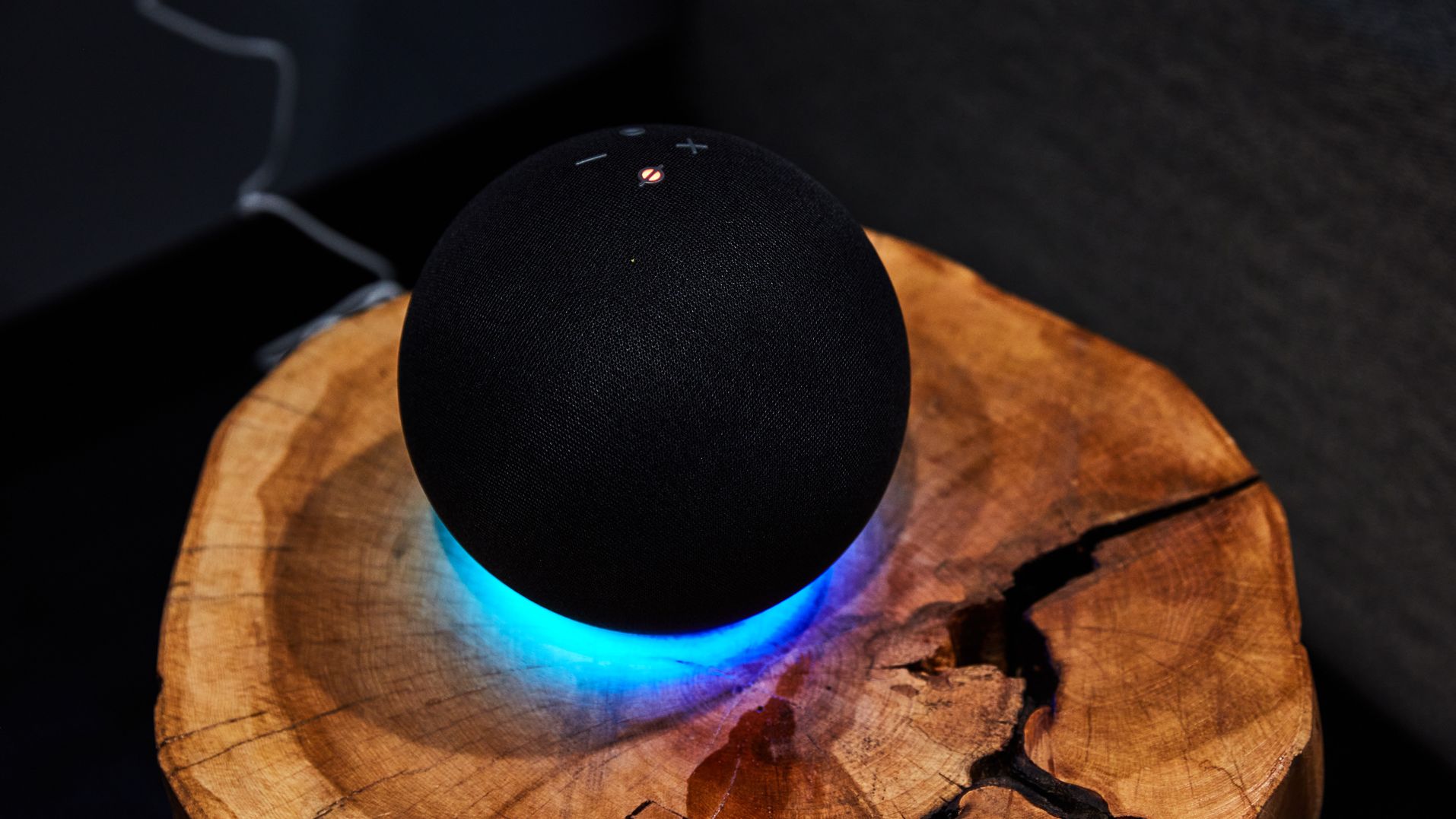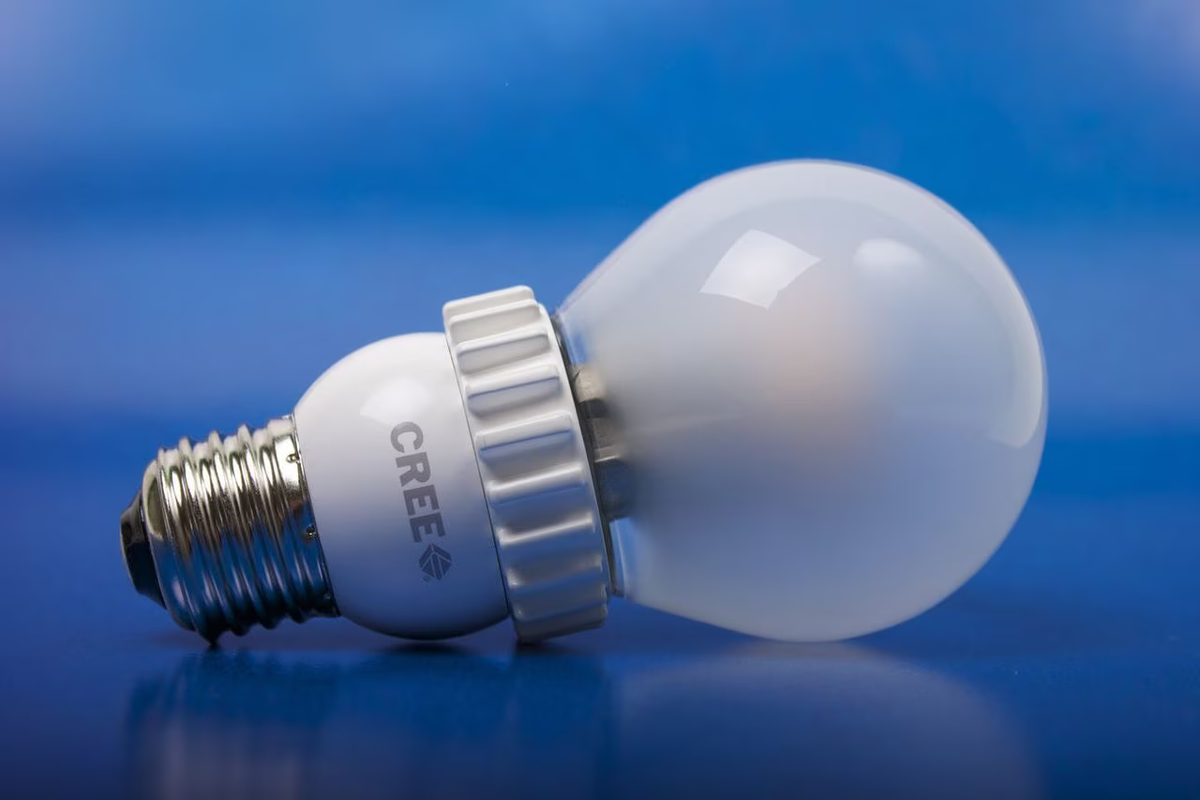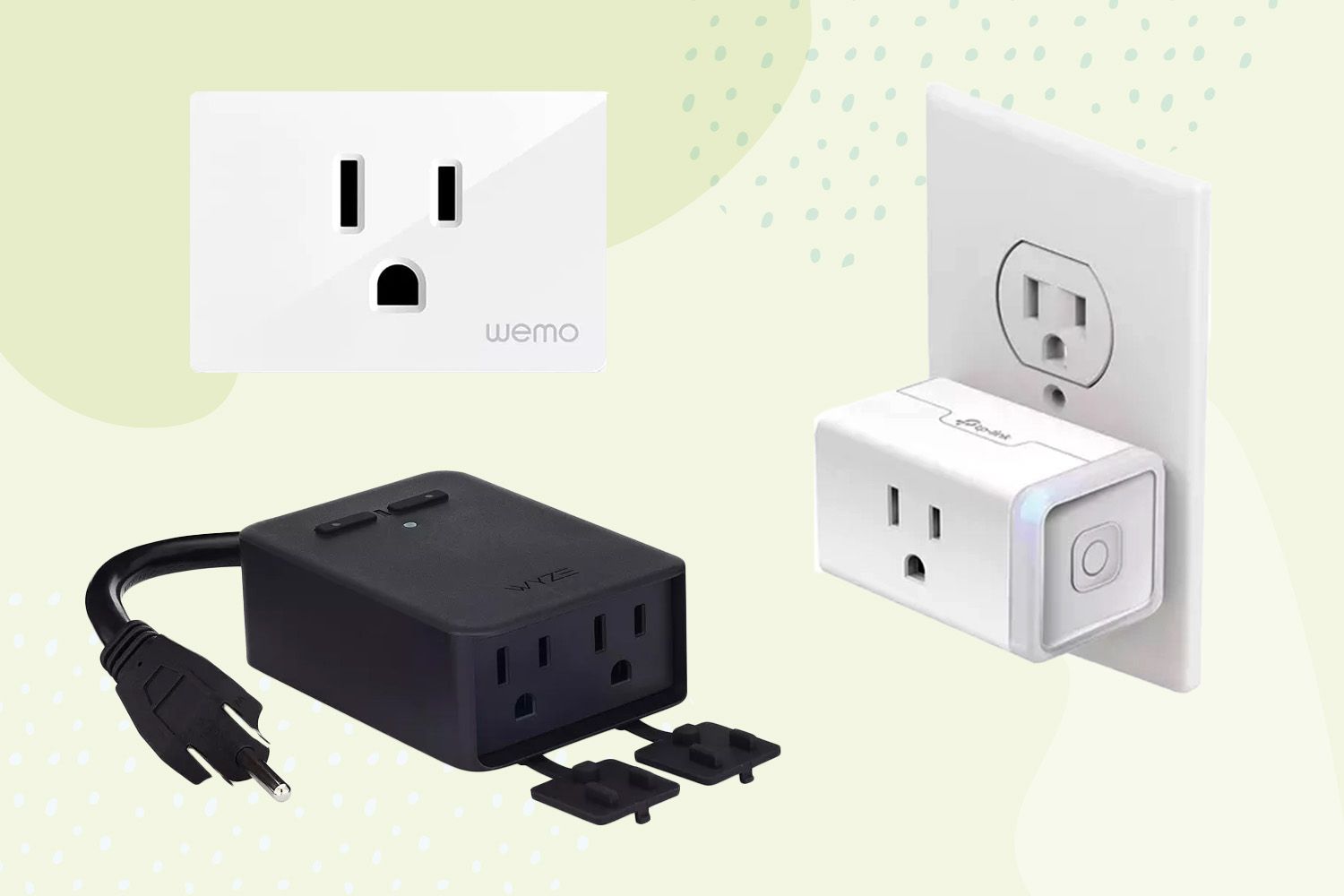Introduction
Smart light bulbs have gained popularity in recent years for their convenience and ability to be controlled remotely through smart devices. However, many users often face difficulties when trying to connect their smart light bulbs to their Wi-Fi network or other connected devices. These connectivity issues can be frustrating, leaving users wondering why their smart light bulb won’t connect.
In this article, we will explore the common problems that may prevent your smart light bulb from connecting. Whether it’s a Wi-Fi connection issue, compatibility problem, or something else, we will guide you through the troubleshooting steps to get your smart light bulb up and running.
Before we dive into the solutions, it’s essential to note that each smart light bulb brand and model may have its own specific requirements and troubleshooting steps. Therefore, it’s crucial to refer to the manufacturer’s instructions or support documentation for device-specific guidance.
With that said, let’s explore some of the common problems that may be causing your smart light bulb to refuse connection.
Common Problems
When it comes to connecting smart light bulbs, several common problems can prevent a successful connection. Understanding these issues can help you troubleshoot and resolve the problem effectively.
One common problem is Wi-Fi connection issues. If your smart light bulb is unable to connect to your Wi-Fi network, it could be due to a weak or unstable Wi-Fi signal in the area where the bulb is installed. Thick walls, distance from the router, or interference from other devices can all contribute to a poor Wi-Fi connection.
Another potential problem is compatibility issues. Not all smart light bulbs are compatible with every smart home system or virtual assistant. Before purchasing a smart light bulb, ensure it is compatible with your specific smart home ecosystem, such as Amazon Alexa, Google Home, or Apple HomeKit. Lack of compatibility can prevent the bulb from connecting or functioning properly.
Furthermore, outdated firmware can also cause connectivity problems. Manufacturers regularly release firmware updates to improve device performance and address potential issues. If your smart light bulb is not updated with the latest firmware, it may have trouble connecting to your network or working correctly with other devices.
In addition, hub connection issues can hinder the connectivity of your smart light bulb. Some smart home ecosystems require the use of a hub or bridge to connect and control smart devices. If the hub is not functioning correctly or not properly connected, it can prevent your smart light bulb from connecting.
Lastly, power supply problems can impact the ability of your smart light bulb to connect. Ensure that the bulb is receiving a stable power supply and that the socket is working correctly. Faulty electrical connections or power fluctuations can interfere with the connection process.
Now that we have discussed the common problems that can prevent your smart light bulb from connecting, let’s move on to the troubleshooting steps you can take to resolve these issues.
Wi-Fi Connection Issues
One of the most common reasons why your smart light bulb may fail to connect is due to Wi-Fi connection issues. Here are some steps you can take to troubleshoot and resolve Wi-Fi connection problems:
1. Check the Wi-Fi signal strength: Ensure that your smart light bulb is within range of your Wi-Fi router. Thick walls, distance, and interference from other devices can weaken the Wi-Fi signal. Consider moving your router closer to the bulb or using Wi-Fi signal boosters to improve coverage in the area.
2. Restart your router: Sometimes, a simple router reboot can fix connectivity issues. Unplug your router from the power source, wait for a few seconds, and then plug it back in. Allow your router to fully restart before attempting to connect your smart light bulb.
3. Check the Wi-Fi credentials: Double-check the Wi-Fi network name (SSID) and password that you are entering during the smart light bulb setup process. Ensure that you are entering the correct credentials and that they are case-sensitive.
4. Disable MAC address filtering: Some routers have MAC address filtering enabled, which can restrict the connection of new devices. Temporarily disable this feature in your router settings to allow your smart light bulb to connect.
5. Reduce Wi-Fi congestion: If you have numerous devices connected to your Wi-Fi network, it may be overloaded, causing connection issues. Disconnect any unnecessary devices or consider investing in a dual-band or tri-band router to accommodate more devices.
6. Reset your smart light bulb: If all else fails, you may need to reset your smart light bulb to its factory settings. Follow the instructions provided by the manufacturer to perform a reset, and then attempt to reconnect it to your Wi-Fi network.
By following these troubleshooting steps, you can improve your chances of successfully connecting your smart light bulb to your Wi-Fi network. If the issue persists, you may need to consider other possible problems, such as compatibility or firmware issues, which we will discuss in the following sections.
Compatibility Issues
Compatibility between your smart light bulb and your smart home system or virtual assistant is crucial for a seamless connection. Here are some steps to address compatibility issues:
1. Check compatibility requirements: Before purchasing a smart light bulb, ensure that it is compatible with your specific smart home ecosystem. Different brands and models may have varying levels of compatibility with popular systems like Amazon Alexa, Google Home, or Apple HomeKit.
2. Update your smart home system: Ensure that your smart home system or virtual assistant is running the latest firmware or software version. Compatibility issues can arise if your system is outdated or incompatible with the smart light bulb.
3. Enable the correct skill or app integration: Some smart light bulbs require you to enable a specific skill or app integration within your smart home system. Check the manufacturer’s instructions to ensure that you have set up the necessary integration for your smart light bulb to connect.
4. Double-check device requirements: Apart from the smart home system compatibility, ensure that your smart light bulb meets the technical requirements of your setup. This includes the required operating system version, network protocols, and other specifications outlined by the manufacturer.
5. Consider a smart home hub: If you are experiencing compatibility issues with your smart light bulb, consider using a smart home hub or bridge. These devices act as intermediaries and can bridge the gap between incompatible devices, allowing you to control and connect them seamlessly.
6. Consult manufacturer support: If you have followed all the steps and are still experiencing compatibility issues, reach out to the smart light bulb manufacturer’s support team. They can provide specific guidance and troubleshoot the issue based on their in-depth knowledge of the product.
By addressing compatibility issues, you increase the likelihood of your smart light bulb connecting and functioning properly within your smart home ecosystem. However, if compatibility is not the root cause of the problem, it may be necessary to explore other potential issues, such as firmware updates, as outlined in the next section.
Firmware Update
Outdated firmware can often cause connectivity issues with your smart light bulb. Manufacturers regularly release firmware updates to address bugs, improve performance, and enhance compatibility. Here’s what you can do to update the firmware:
1. Check for firmware updates: Visit the smart light bulb manufacturer’s website or check the accompanying mobile app for any available updates. Look for instructions on how to update the firmware for your specific model.
2. Follow the update instructions: Carefully follow the provided instructions to update the firmware. This may involve downloading a file from the manufacturer’s website and then using the mobile app or a desktop software to apply the update to your smart light bulb.
3. Keep the smart light bulb powered on: Ensure that the smart light bulb stays powered on throughout the firmware update process. Interrupting the update midway can cause errors or even brick the device. Follow the manufacturer’s instructions on how to keep your smart light bulb powered during the update.
4. Wait for the update to complete: Firmware updates may take some time to install, so be patient and allow the process to complete. Avoid disconnecting or interfering with the update while it’s in progress.
5. Verify successful update: After the update is complete, verify that the firmware has been successfully installed. This can usually be done through the mobile app or the settings menu of your smart home system.
6. Test the connectivity: Once the firmware update is complete, attempt to connect your smart light bulb to your Wi-Fi network or smart home system. The updated firmware may resolve any previous connectivity issues and improve the overall performance of the bulb.
By ensuring that your smart light bulb is running the latest firmware, you can mitigate potential compatibility issues and improve its connectivity and functionality. However, if updating the firmware doesn’t solve the problem, it’s time to explore other possible causes, such as hub connection issues, which we will discuss in the next section.
Hub Connection Issues
Some smart home ecosystems require the use of a hub or bridge to connect and control smart devices, including smart light bulbs. If you are experiencing connection problems, the issue might lie with the hub. Here are some steps you can take to troubleshoot hub connection issues:
1. Check hub connectivity: Ensure that the hub is properly connected to your Wi-Fi network and has a stable internet connection. Check the hub’s LED lights or indicator to verify if it’s successfully connected.
2. Restart the hub: Similar to routers, restarting the hub can sometimes resolve connection issues. Unplug the hub from the power source, wait for a few seconds, and then plug it back in. Allow the hub to fully restart before attempting to reconnect your smart light bulb.
3. Verify hub compatibility: Double-check if your smart light bulb is compatible with the specific hub or bridge you are using. Ensure that the hub supports the protocol used by the smart light bulb, such as Zigbee or Z-Wave.
4. Reset the hub: If the connectivity problems persist, consider resetting the hub. Refer to the manufacturer’s instructions on how to perform a reset and follow the provided steps. Keep in mind that resetting the hub will also remove any paired devices, so be prepared to set up all connected devices again.
5. Repair the connection: If your smart light bulb was previously connected to the hub but is no longer working, you may need to repair the connection. Follow the instructions provided by the hub manufacturer to pair the smart light bulb with the hub once again.
6. Contact manufacturer support: If none of the above steps resolve the hub connection issues, reach out to the manufacturer’s support team for further assistance. They can provide specific guidance based on their knowledge of the hub and the smart light bulb.
By troubleshooting and resolving potential hub connection issues, you can ensure the proper connection and control of your smart light bulb within your smart home ecosystem. However, if the hub connection is not the cause of the problem, it’s important to explore other possible issues, such as power supply problems, which we will discuss next.
Power Supply Problems
Power supply problems can also affect the connectivity of your smart light bulb. Here are some steps you can take to address power supply issues:
1. Check the socket and power source: Ensure that the socket where your smart light bulb is installed is functioning properly. Try plugging in another device to verify if the socket is providing power. Additionally, check if the power source itself is stable and not experiencing any disruptions.
2. Replace or repair faulty wiring: If you suspect that the wiring in your home is causing power supply issues, consult an electrician to inspect and, if necessary, replace or repair the faulty wiring. Faulty electrical connections can disrupt the connection of your smart light bulb.
3. Verify voltage compatibility: Depending on your geographical location, the voltage requirements may differ. Ensure that your smart light bulb is compatible with the voltage supplied in your area. Using a bulb with an incompatible voltage can lead to power supply problems.
4. Consider using a power conditioner: Power conditioners help regulate and stabilize the power supply, especially in areas with frequent power fluctuations. Installing a power conditioner can protect your smart light bulb from voltage spikes or drops that may disrupt its operation.
5. Reconnect or reinstall the smart light bulb: In some cases, the power supply problem may be due to a loose connection. Try reseating the smart light bulb by unscrewing it and then securely screwing it back in. Ensure that the bulb is correctly aligned and making a proper electrical connection.
6. Test with a different socket or power source: To rule out any socket or power source-related issues, try connecting your smart light bulb to a different socket or power source. This will help determine if the problem lies with the original socket or power source.
If after attempting these steps, power supply issues continue to persist, it is advisable to contact a qualified electrician for further assistance. They will be able to diagnose and resolve any underlying electrical issues that may be affecting the connectivity of your smart light bulb.
Now that we have thoroughly explored the common problems associated with smart light bulb connectivity, as well as troubleshooting steps to address each issue, you should be well-equipped to resolve any connectivity problems you encounter. Happy smart lighting!
Troubleshooting Steps
When your smart light bulb won’t connect, it’s important to follow a systematic troubleshooting process to identify and resolve the issue. Here are some general troubleshooting steps to consider:
1. Read the manual: Start by thoroughly reading the user manual or setup guide provided by the smart light bulb manufacturer. It will provide instructions specific to your model and may address common connectivity issues.
2. Check internet connectivity: Ensure that your internet connection is stable and working correctly. Verify that other devices in your home can connect to the internet without any issues.
3. Restart the smart light bulb: Sometimes, a simple restart can solve connectivity problems. Turn off the smart light bulb, wait for a few seconds, and then turn it back on again. This can help reset the bulb and establish a fresh connection.
4. Restart the controlling device: If you are using a smartphone or tablet to control the smart light bulb, restart the device. This can resolve any temporary glitches or conflicts that may be preventing the connection.
5. Move closer to the Wi-Fi router: If the smart light bulb is located far from the Wi-Fi router, move closer to improve the signal strength. This can help overcome any signal interference or weak connection issues.
6. Disable VPN or firewall: If you are using a VPN or a firewall on your network, temporarily disable them to see if they are causing any connectivity issues. Sometimes, these security measures can interfere with the connection process.
7. Update the smart light bulb firmware: Check if there are any firmware updates available for your smart light bulb. Updating the firmware can address bugs, improve performance, and enhance compatibility.
8. Factory reset and re-pair: If all else fails, you may need to factory reset the smart light bulb and re-pair it with your smart home system or smartphone. Follow the manufacturer’s instructions for performing a factory reset and then go through the setup process again.
9. Contact customer support: If you have tried all the troubleshooting steps and are still unable to connect your smart light bulb, don’t hesitate to reach out to the manufacturer’s customer support. They can provide more specific guidance or arrange for a replacement if necessary.
By following these troubleshooting steps, you can diagnose and resolve many of the common connectivity issues that might be causing your smart light bulb not to connect. Remember, patience and persistence are key as you work through the process. Good luck!
Conclusion
Connecting a smart light bulb to your Wi-Fi network or smart home system can sometimes be a challenging task. However, by understanding the common problems, such as Wi-Fi connection issues, compatibility issues, firmware updates, hub connection issues, and power supply problems, you can troubleshoot and resolve connectivity issues effectively.
When facing connectivity problems, it’s important to take a systematic approach to troubleshooting. Start by checking your Wi-Fi signal strength and ensuring your smart light bulb is within range of your router. Verify compatibility between your smart light bulb and your smart home ecosystem, and consider updating the firmware of both the bulb and the associated devices.
If you are using a hub or bridge, verify its connectivity and compatibility with your smart light bulb. Additionally, check your power supply to ensure that the socket is functioning correctly and that the bulb is receiving stable power.
Throughout the troubleshooting process, consult the manufacturer’s instructions and follow their guidelines. If needed, contact customer support for further assistance and expertise.
Remember that each smart light bulb brand and model may have its own specific requirements and troubleshooting steps. So, it’s crucial to refer to the manufacturer’s documentation for device-specific guidance.
With patience, persistence, and the proper troubleshooting steps, you can overcome connectivity hurdles and ensure a seamless connection for your smart light bulb. Enjoy the convenience and flexibility that smart lighting brings to your home!







